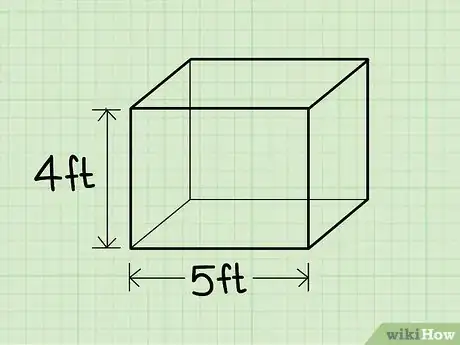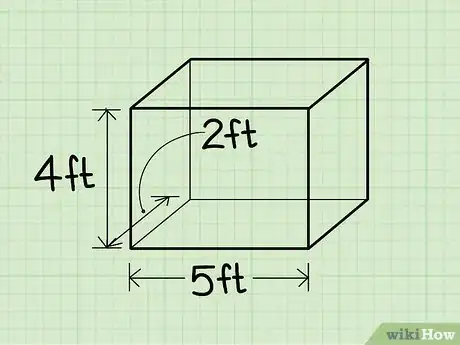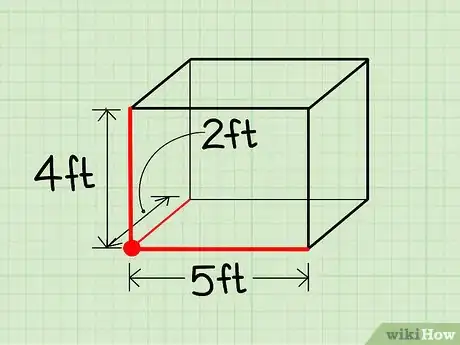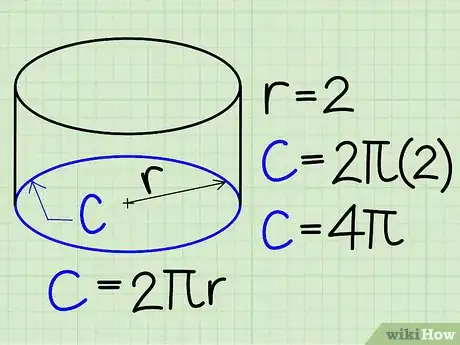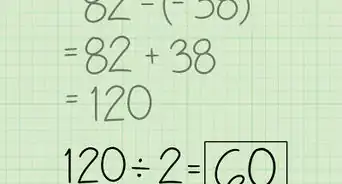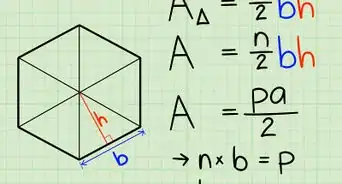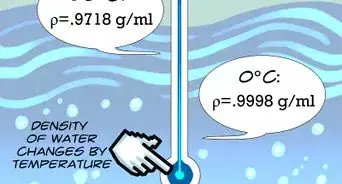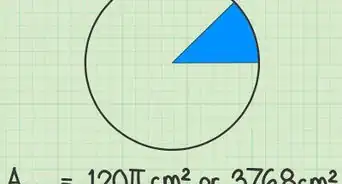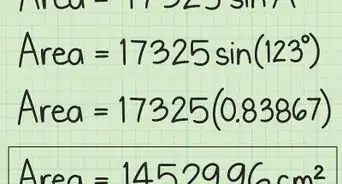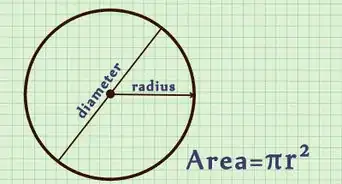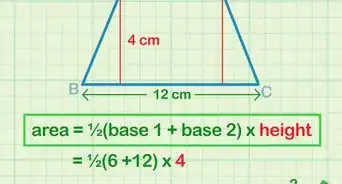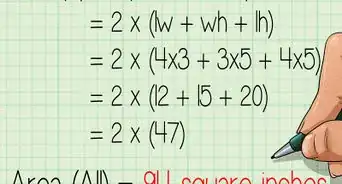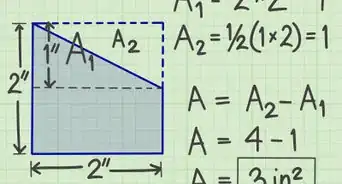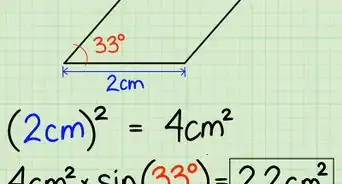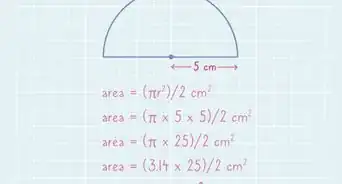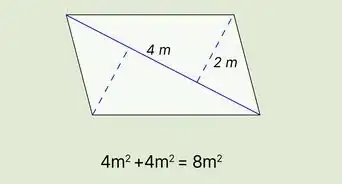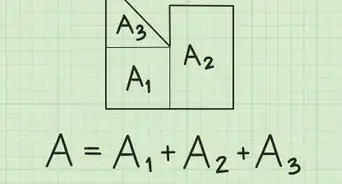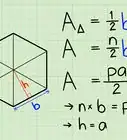wikiHow is a “wiki,” similar to Wikipedia, which means that many of our articles are co-written by multiple authors. To create this article, 13 people, some anonymous, worked to edit and improve it over time.
There are 8 references cited in this article, which can be found at the bottom of the page.
This article has been viewed 260,863 times.
Learn more...
Finding the surface area of a box is easy as long as you know the length of the sides. Once you know how long the sides are, you simply have to plug them into a basic equation to get your answer. You can even find the surface area of cylindrical boxes with a few simple measurements.
Steps
Rectangular Boxes
-
1Add together the area of each side to get the surface area of the box. Surface area is the total area of each side.[1] As long as you know how to find the area of a regular rectangle, which is simply the length times the height, you can find each side and add them together. However, there is also a simplified formula that will do this for you if you know the measurements of the box:
- l is the length of the box, or the longest side.
- h is the height of the box.
- w is the width of the box.
-
2Measure the length of the box. This is your longest side. There should be 4 identical lines equally long across the whole box. Lay the box down on its longest side to make it easier to measure.[2]
- Example: The length of the box is 5 feet.
Advertisement -
3Measure the height of the box, or the distance from the floor to the top. Make sure you don't measure the same side as the length.[3]
- Example: The height of the box is 4 feet.
-
4Measure the width of the box. This is the side directly perpendicular (it forms a right angle, or L) with the length. Make sure you are not remeasuring the height.[4]
- Example: The width of the box is 2 feet.
-
5Ensure that you didn't measure the same side twice. The easiest way to prevent this is to check that all three lines meet at some point. Find a corner and measure the three sides coming off of it -- this ensures you have the right measurements.
- The sides may be the same measurement. You just want to make sure you're measuring three unique sides, even if two or three of them are all identical.
-
6Input your measurements into the formula to solve the equation. Once you've got the numbers, the rest is easy. Simply input the measurements and add it all up.[5]
-
7Express your answer in "units squared" when done. This lets people know how you measured everything, and is a crucial part of your answer. Luckily, all you need to do is use the units provided in the question. For this example, since the units were in feet, you would put "feet squared" at the end of your answer:[6]
- You have a box 5 feet long, 4 feet high, and 2 feet wide, what is the total surface area?
- Answer:
-
8Break complex boxes into smaller pieces to find surface area. For example, say you had an "L" shaped box. Instead of finding everything by hand, simply think of two separate boxes, the vertical half on top and the horizontal half on the bottom. Find the surface area of both, then add them together to get the total surface area.[7] For example, if you have a U shaped box:
- Say the bottom has a surface area of 12 units squared.
- Say both sides have a surface area of 15 units squared.
- The total area would be 42 units squared, since .
Cylindrical Boxes (Tubes)
-
1Add the area of the bases to the height times circumference to find the surface area of a cylinder. This only works with right cylinders, meaning they are not slanted. The proper formula is
For example, if the area of the base is 3, the height is 5, and the circumference is 6, what is the surface area? Answer = 36 units squared. - B is the area of the base.
- h is the height of the cylinder.
- C is the circumference of the base.[8]
-
2Find the area of the base. The base is the circular end of the cylinder. It can be found with the formula
R is the radius of the circle. Pi is the constant, rounded to 3.14 for simple problems. You can also leave it as "pi" if you do not have a calculator.[9] - Example: The radius of the base in a cylinder is 2. What is the area of the base?
- B =
-
3Calculate the circumference if the base. The circumference is the distance around the edge of the circle.[10] It is found with the formula
Continuing the previous example: - C =
-
4Find the height of the cylinder by measuring the space between the two bases. The height of a cylinder is just another way to figure out how long it is.[11] It is the straight line between the center of the two bases.
- Example: In the same cylinder, with radius 2 inches, the height is 5 inches.
-
5Input your smaller parts into the formula to find your surface area. Once you've got your base area, circumference, and height, all you need to do is plug the numbers into your formula to get the right answer.[12]
-
6Express your answer in units squared. All problems of surface area need units to give them scale. Is the area in inches, or feet, for example. The units always match the units given to you in the problem. If no units are given, you should just write the phrase "units squared," or ""
- In the example, the units were given as inches. So the final answer would be [13]
Practice Problems
-
1Try out some practice problems with rectangles. To see the answers, highlight right after the arrow:
- L = 10, W = 3, H = 2, → 112 units squared
- L = 6.2, W = 2, H = 5.4 → 113.36 units squared
- On a rectangular box, the top is 5x3x2, the bottom 6x2x2. → 118pi units squared
-
2Try out some practice problems with cylinders. To see the answers, highlight after the arrow:
- Base = 3, Height = 10, Circumference = 1.5 → 21 units squared
- Base = 25pi, Height = 3, Circumference = 10pi →80pi units squared
- Radius = 3, height = 3 → 36pi units squared
Community Q&A
-
QuestionI'm painting a box 2' wide by 3' long by 2' high. If I'm not painting the bottom, how do I calculate the surface area I need to cover?
 DonaganTop AnswererThe top is 2 x 3; two sides are each 3 x 2; and the other two sides are each 2 x 2.
DonaganTop AnswererThe top is 2 x 3; two sides are each 3 x 2; and the other two sides are each 2 x 2. -
QuestionWhat is the surface area of a box if the length is 4m the width is 2m and the height is 2m?
 DonaganTop AnswererMultiply the length by the width and double it. Multiply the length by the height and double it. Multiply the width by the height and double it. Add those three amounts together.
DonaganTop AnswererMultiply the length by the width and double it. Multiply the length by the height and double it. Multiply the width by the height and double it. Add those three amounts together. -
QuestionFor the equation SA = 2(LW + LH + WH), how do I calculate H if it is unknown?
 DonaganTop AnswererAssuming all the other values are known, you would manipulate the equation to solve for H: SA = 2LW + H(2L + 2W). Then SA - 2LW = H(2L + 2W), and (SA - 2LW) / (2L + 2W) = H. Then find H by plugging in the known values for SA, L and W.
DonaganTop AnswererAssuming all the other values are known, you would manipulate the equation to solve for H: SA = 2LW + H(2L + 2W). Then SA - 2LW = H(2L + 2W), and (SA - 2LW) / (2L + 2W) = H. Then find H by plugging in the known values for SA, L and W.
Things You'll Need
- A box and a way to measure it.
- Measurements of an existing or hypothetical box.
References
- ↑ http://www.math.com/tables/geometry/surfareas.htm
- ↑ https://www.aaamath.com/geo79_x9.htm
- ↑ https://www.aaamath.com/geo79_x9.htm
- ↑ https://www.cuemath.com/measurement/surface-area-of-rectangular-prism/
- ↑ https://www.siyavula.com/read/maths/grade-11/measurement/07-measurement-02
- ↑ https://www.cuemath.com/measurement/surface-area-of-rectangular-prism/
- ↑ http://www.mathwords.com/s/surface_area.htm
- ↑ http://www.mathwords.com/c/cylinder.htm
- ↑ https://www.cuemath.com/measurement/surface-area-of-cylinder/
About This Article
To find the surface area of a box, start by calculating the area of each side using the formula a = lh, where l is the length and h is the height. Once you know the area of every side, add them all together to get the surface area of the box. If the box is cylindrical, you'll need to use the formula: surface area = 2b + hc, where b is the area of the base of the box, h is the height, and c is the circumference of the base. If you want to learn how to break down complex box shapes so you can find the surface area, keep reading the article!



